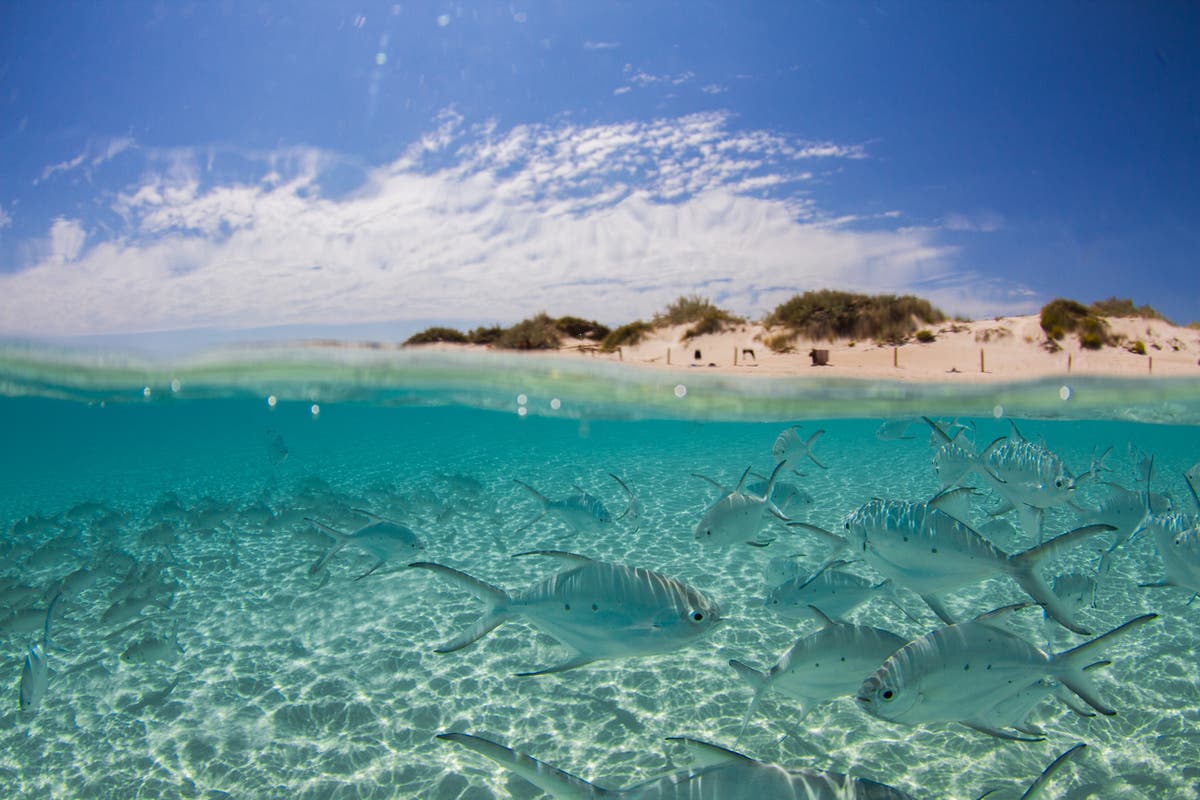Here's What the Farmer's Almanac Is Predicting for This Winter
It looks like wet winter is ahead for most of us.


Credit: Frederic Legrand - COMEO / Shutterstock.com
Now that fall has finally arrived, it's time to look ahead to the upcoming holiday travel season and, more specifically, the types of weather we'll face over the next few months. Fortunately, the Farmers’ Almanac and the National Oceanic and Atmospheric Administration (NOAA) have recently released extended forecasts that give us an idea of what to expect so we can plan our holiday travel accordingly.
The extended forecast for the 2024-2025 winter season
Of course, predictions are not guarantees, but based on their experience monitoring the weather, here's what NOAA and the Farmers’ Almanac think we have in store for us over the next few months:
The return of La Niña
This year's winter forecast is influenced by the return of La Niña, a climate pattern that typically results in below-average hurricane activity in the East Pacific and above-average activity in the Atlantic, according to NOAA. It can also lead to drought conditions in the southern U.S., while the Pacific Northwest and Canada see and heavy rains and flooding. Winter temperatures also tend to be warmer than normal in the South and cooler than normal in the North during a La Niña year. According to NOAA, there's a 71% that La Niña will emerge in September-November, and is expected to persist through January-March 2025.
Above-average temperatures
According to NOAA's extended forecast for November 2024 though January 2025, much of the country will see above-average temperatures during the end of fall and early winter. The exception to this is a large section of the northern part of the country, stretching from northern California through northwestern Ohio along the Canadian border, which will see average temperatures this winter. Of that region, the coldest temperatures of the season will likely be in the Northern Plains and Great Lakes region, the Farmers' Almanac forecast notes. Areas east of the Rockies into the Appalachians will also experience multiple frigid periods.
The Farmers' Almanac predicts that the coldest part of the winter will be the final week of January, stretching into the beginning of February, thanks to a blast of Arctic air—which could also cause lake effect snow in the midwest when it blows across the Great Lakes.
Prepare for precipitation
A "wet winter whirlwind" is in store for much of the country, according to the Farmers' Almanac, which predicts "a season of rapid-fire storms that will bring both rain and snow, with little downtime in between."
Here's the outlook for different parts of the country, per extended forecasts from NOAA and the Farmers' Almanac:
New England and the Northeast: Stormy with above-normal amounts of winter precipitation and near-to above-normal temperatures. Areas along the coast—especially along the I-95 corridor—will see sleet and rain, while the interior and mountainous terrains will likely see more snow.
Midwest: Average or above-average temperatures, with more precipitation expected than usual.
Texas, the Southern Plains (western Kansas, Oklahoma, and portions of Nebraska and New Mexico), the Southeast and the Atlantic Coast: A warmish winter, with above-average temperatures and below-average rainfall.
Southwest: Average winter temperatures with below-average precipitation.
Pacific Northwest: Unseasonably chilly with more precipitation than usual.

 Tekef
Tekef 






























